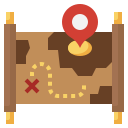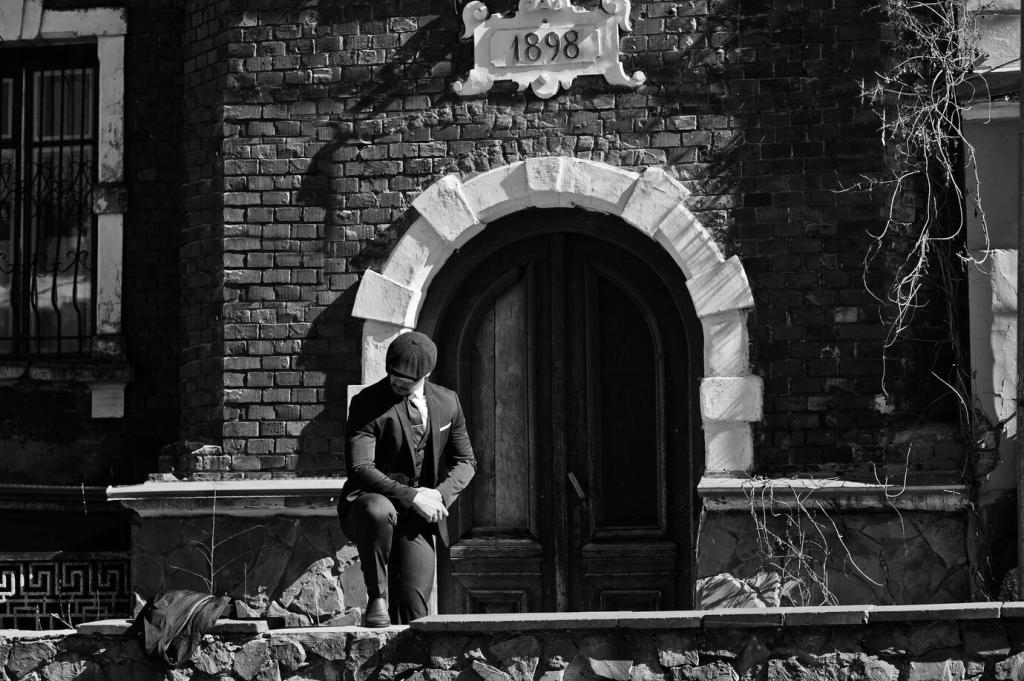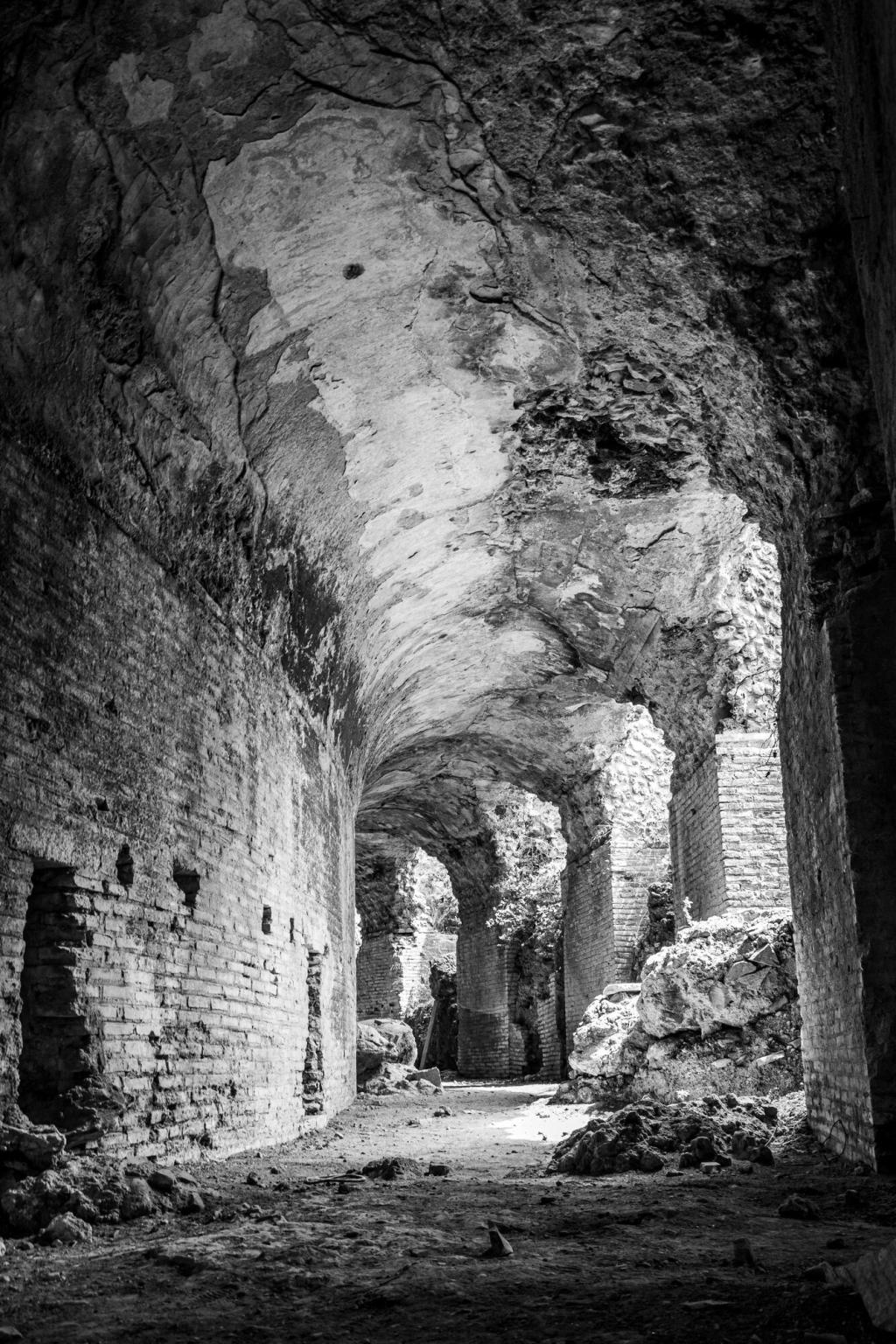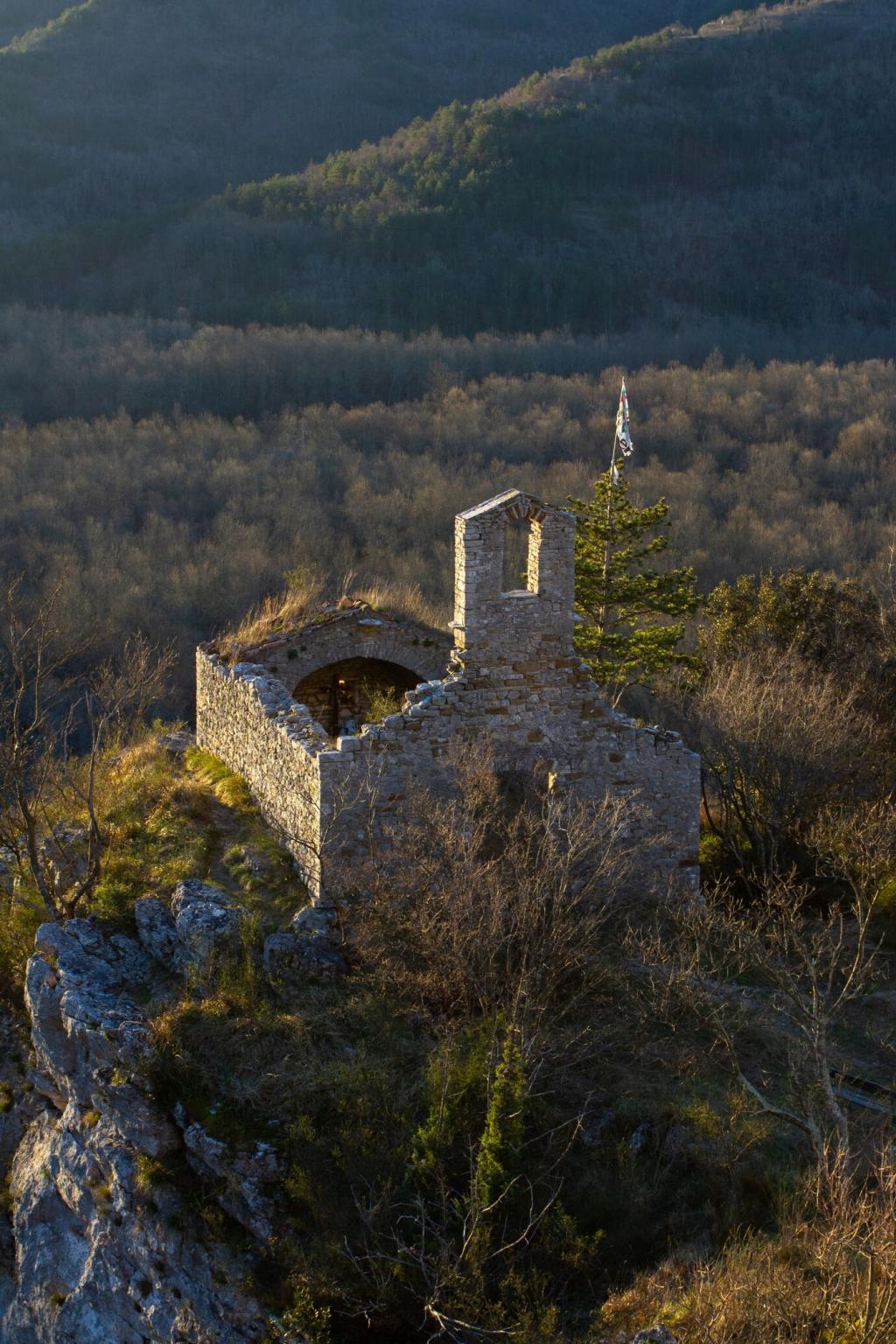How We Know: Tools of Archaeology
Stratigraphy treats soil like a timeline. A bead resting above a hearth tells sequence; a collapsed wall preserves a last ordinary afternoon, freezing footsteps and ash into testimony no chronicle could match.
How We Know: Tools of Archaeology
The Rosetta Stone aligned Greek with hieroglyphs, unlocking names, taxes, and prayers. Later, Linear B yielded to relentless pattern-hunting, showing that patience and comparison can coax meaning from stubborn silence.







